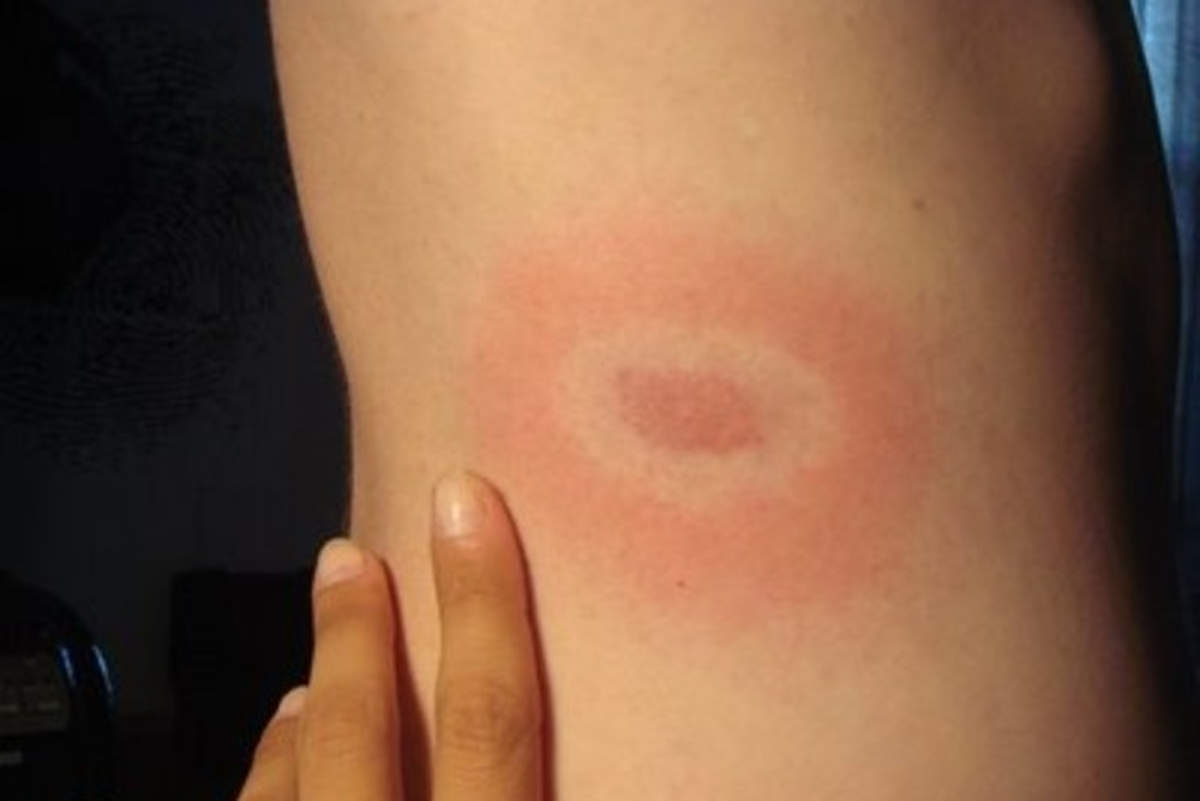These two diseases are confusing because of their non-specific symptoms. The cause is the RAS, the hormonal/physiological system found throughout the human body.
Lyme disease is a zoonosis, an infectious disease transmissible from animals to humans, which can occur following a tick bite infected with the bacterium Borrelia burgdorferi sensu lato. This bacterium causes the disease identified in the United States, in Lyme, Connecticut, in the early 1970s. In 2019, the Sentinel network listed 50,133 cases in metropolitan France, mainly in the Grand Est, Bourgogne-Franche-Comté, Auvergne, Rhône-Alpes and Nouvelle Aquitaine.
Multiple symptoms
Lyme disease is often difficult to diagnose because it can affect different organs and cause joint and muscle pain, neurological disorders, visual and sleep disorders, skin disorders, hearing disorders, cardiovascular disorders, chronic fatigue, fever, coughing, inflammatory diseases (such as myocarditis, pericarditis, uveitis, conjunctivitis), digestive disorders, etc. In total, more than 70 symptoms are associated with Lyme disease.
The clinical picture is similar to that of Covid-19: fever, cough, fatigue, loss of smell or taste, muscle and joint pain, difficulty breathing, cardiovascular problems, chest pain, skin disorders, immune deficiency, photophobia, etc.
Everywhere in the human body

For Jean-Marc Sabatier*, both diseases, Lyme and Covid-19, affect the functioning of the renin-angiotensin system (RAS). The renin-angiotensin system is a ‘key’ hormonal/physiological system,” he explains, “which is found throughout the human body, including the lungs, kidneys, intestines, heart, brain, spleen, pancreas, adrenal glands, skin, reproductive organs, blood vessels, as well as cells of the “innate” immune system (circulating monocytes, macrophages, dendritic cells, granulocytes, mast cells, natural killer cells). The RAS controls renal, pulmonary and cardiovascular functions, as well as “innate” immunity (immediate “non-specific” response to pathogens) and various microbiota, including the intestinal microbiota.
What does this tell us?
Lyme disease is associated with RAS dysfunction induced by Borrelia bacteria. And could potentially be treated, in parallel to antibiotics, by RAS inhibitors (ACE receptor inhibitors, AT1R receptor antagonists (sartans), dexamethasone, thymoquinone, vitamin D and angiotensin metabolites involved in RAS down-regulation, etc).
SARS-CoV-2, Borrelia bacteria as well as the coronavirus of FIP in cats have in common the dysfunction of this ubiquitous system, present in the various organs and tissues of the mammalian organism.
*Jean-Marc Sabatier is Director of Research at the CNRS and holds a PhD in Cell Biology and Microbiology and an HDR in Biochemistry. Editor-in-Chief of the international scientific journals: “Coronaviruses” and “Infectious Disorders – Drug Targets”. He is speaking in his own name.

